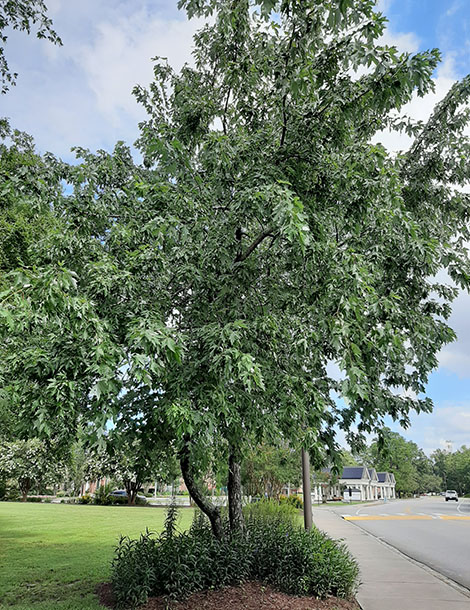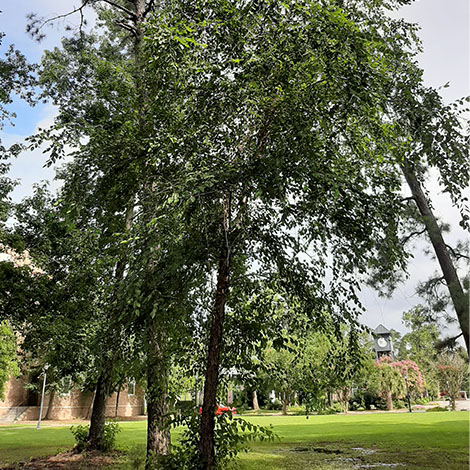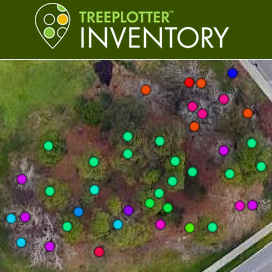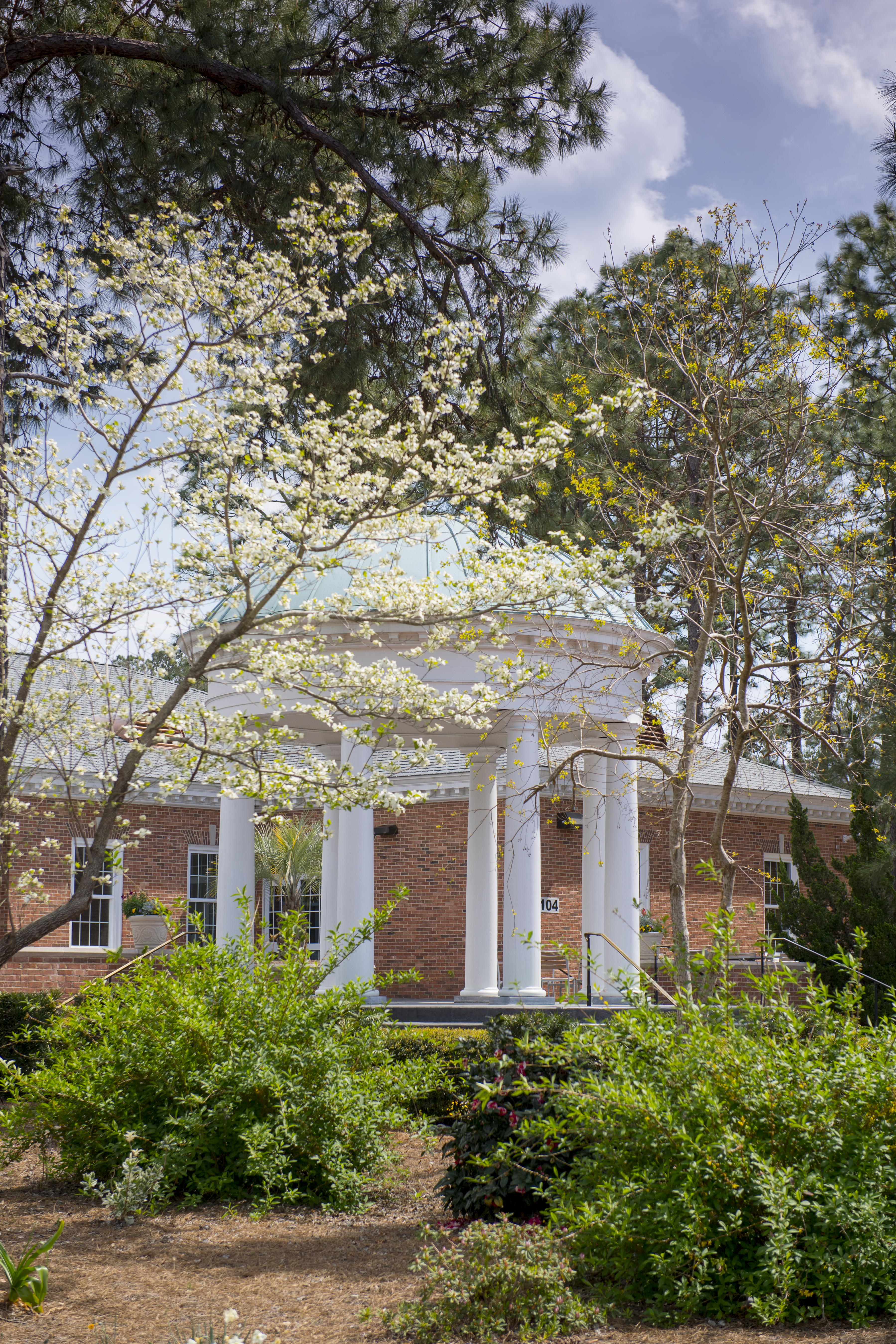CCU Arboretum
Silver Maple
Common Name: 
Silver maple
Scientific Name:
Acer saccharinum
Species Range:
The silver maple is native to the eastern and central United States and southeastern Canada but is not commonly seen in the southeastern Atlantic Coastal Plain, however, it is seen in the Gulf Coastal Plain. It can be found in floodplains and along stream banks and riverbanks and can tolerate a variety of soil types.
Growth Characteristics:
This deciduous tree reaches heights of 50-80 feet tall. Its leaves have 5 lobes and are a whiteish silver color on the underside and green on top. The bark of this tree is light gray and smooth getting lightly fissured and scaly as it ages. It produces small greenish-yellow flowers that appear in the early spring before the leaves grow back. It also produces a yellowish-brown samara fruit that grows 2-3 inches long and matures in early spring.
Ecosystem Service Value:
The buds and bark are used as a food source for small birds, chipmunks, beavers, and deer. The silver maple also offers a nesting place for ducks and other birds.
Uses, Other Details:
The silver maple is mostly used as shade trees. It can also be used for commercial wood pulp.
Threats:
As a quick-growing tree, the silver maple’s wood is soft and brittle making it easily damaged in wind or ice storms. It is also highly susceptible to various pests and diseases.
Species profile by Billie Rogers
References:
Kirkman, L. Katherine., et al. Native Trees of the Southeast: An Identification Guide. Timber Press, 2007.
“Silver Maple Acer saccharinum.” Arbor Day Foundation, https://www.arborday.org/trees/treeguide/TreeDetail.cfm?itemID=869. Retrieved November 15, 2020.








